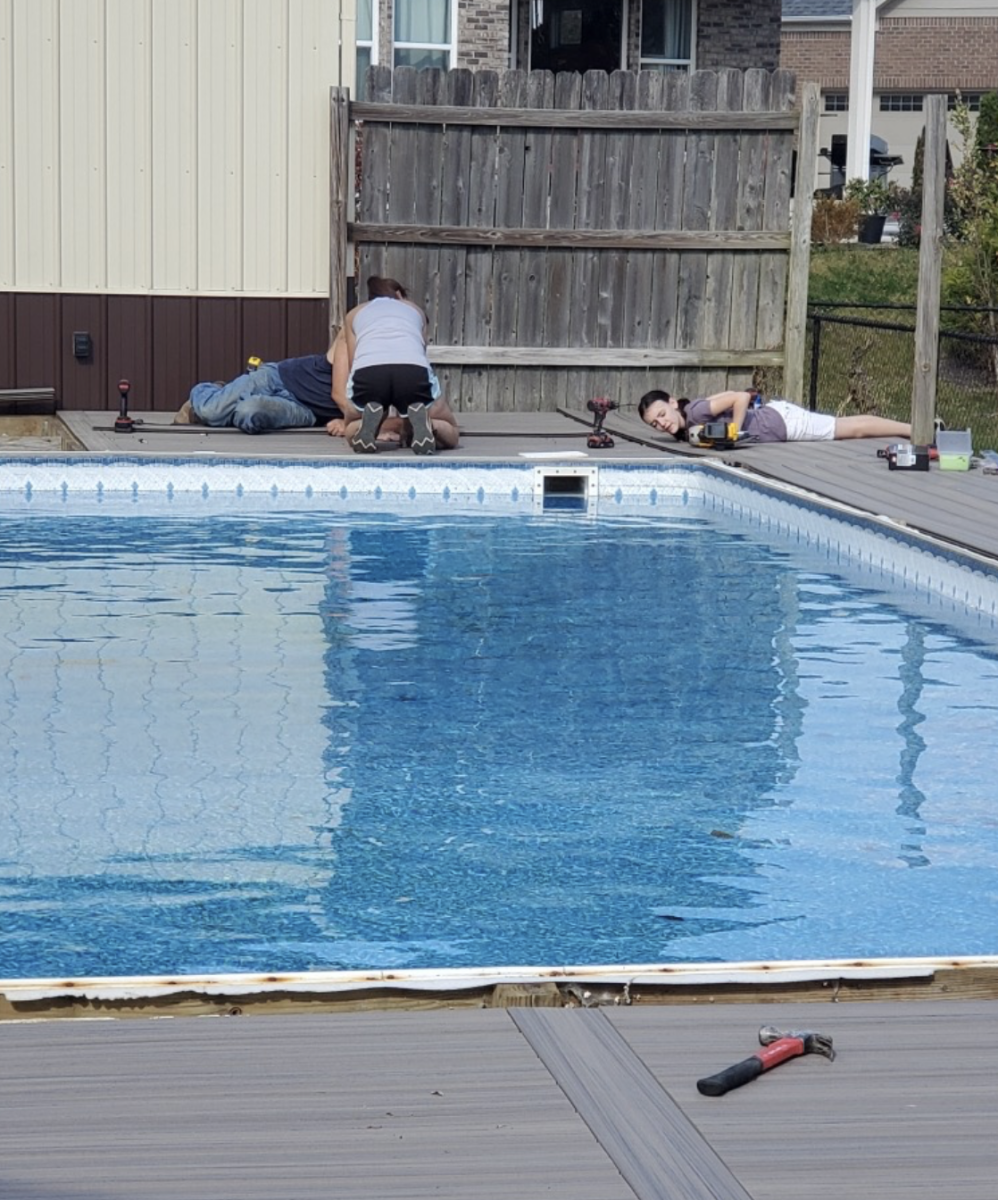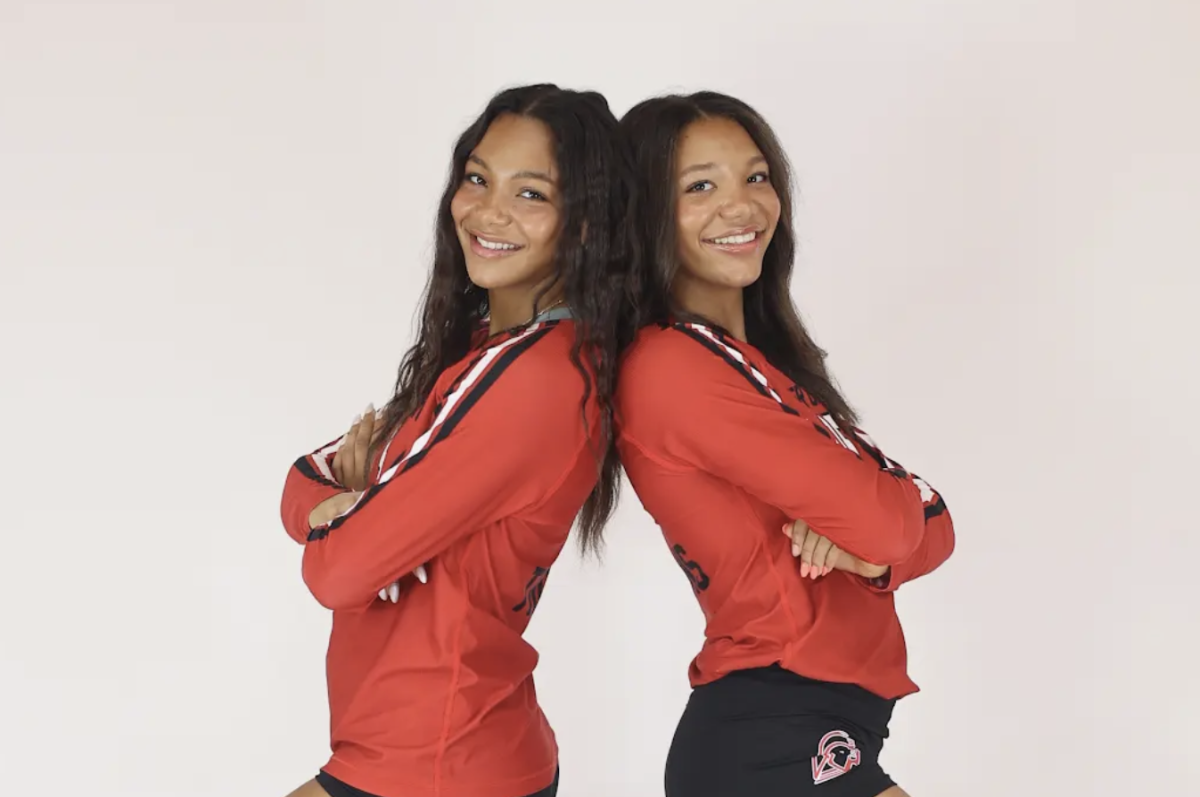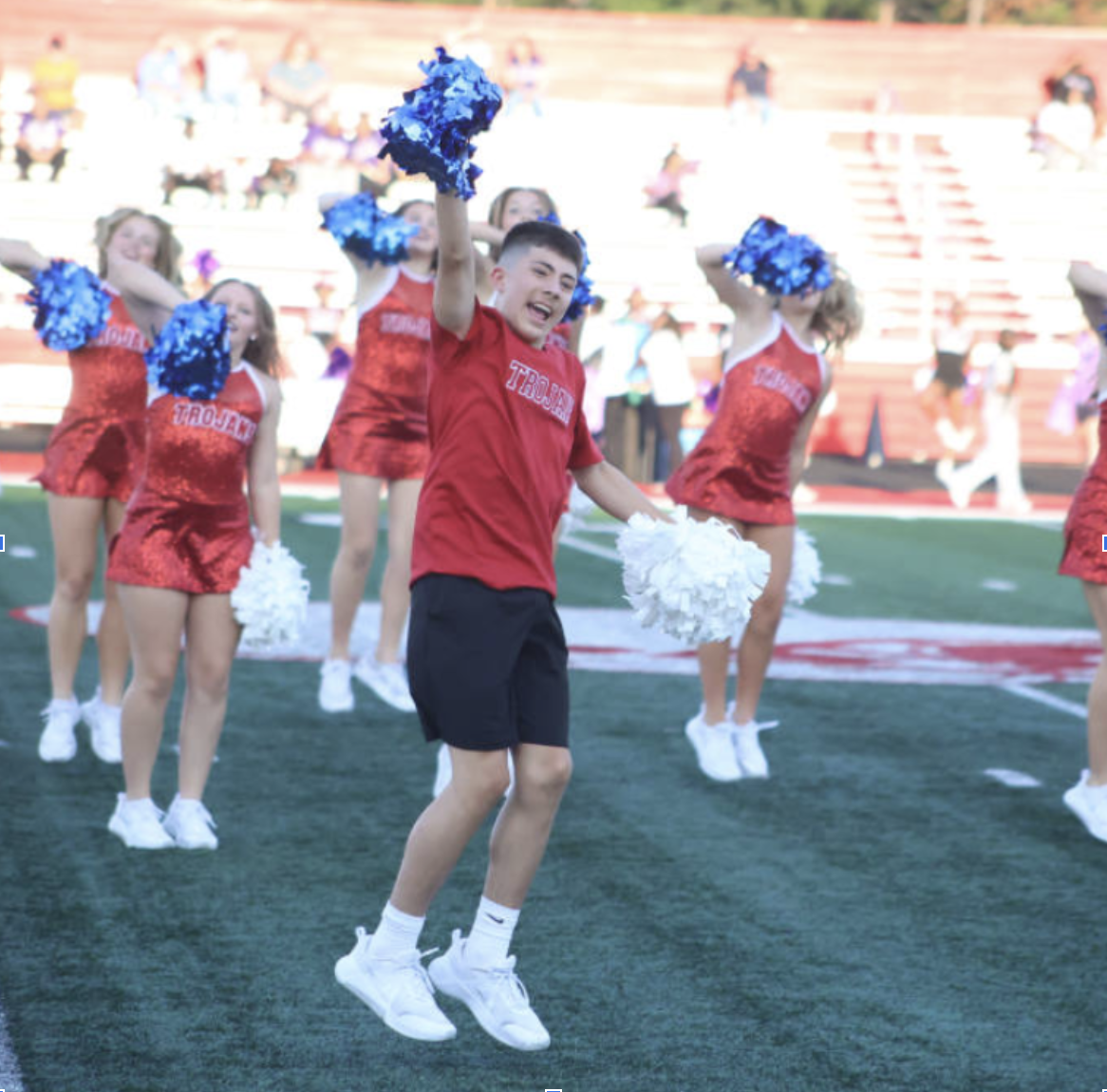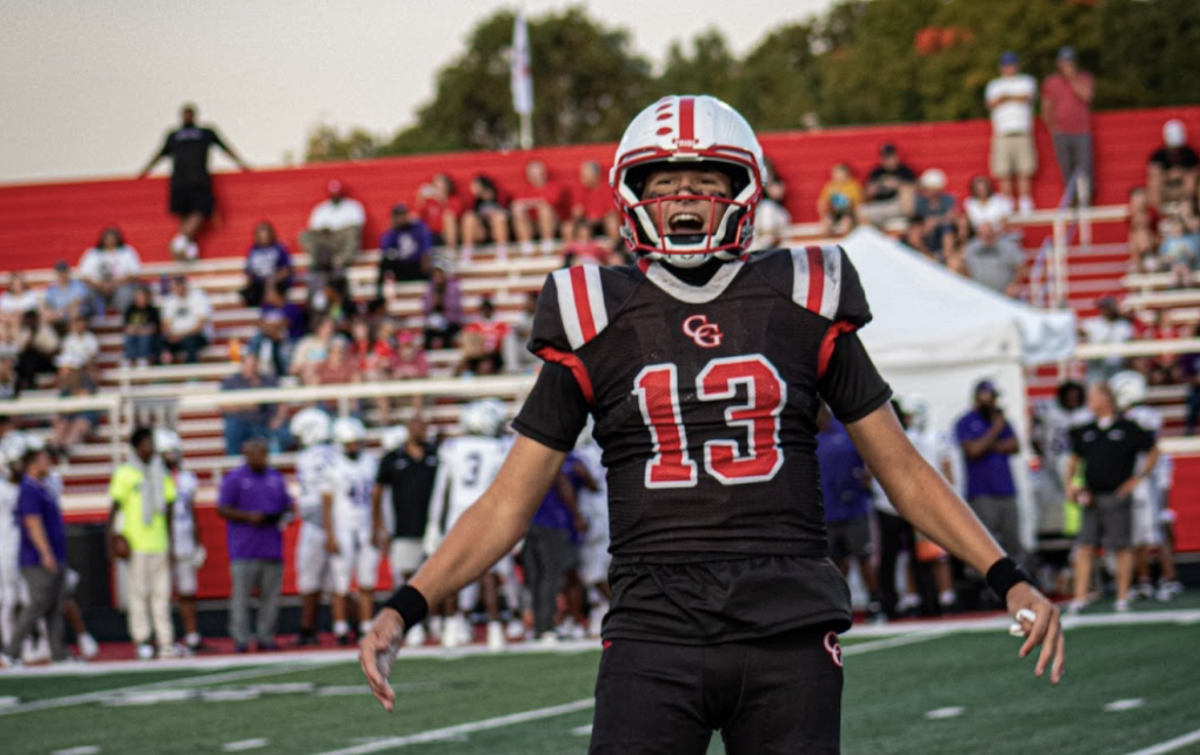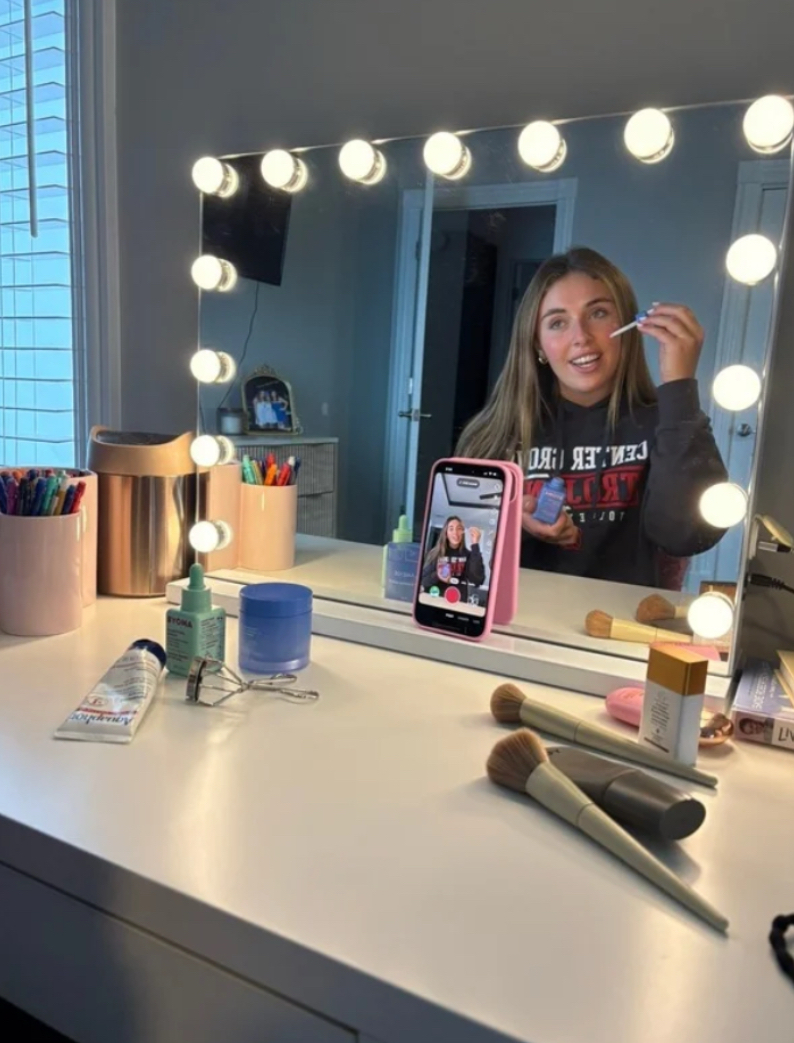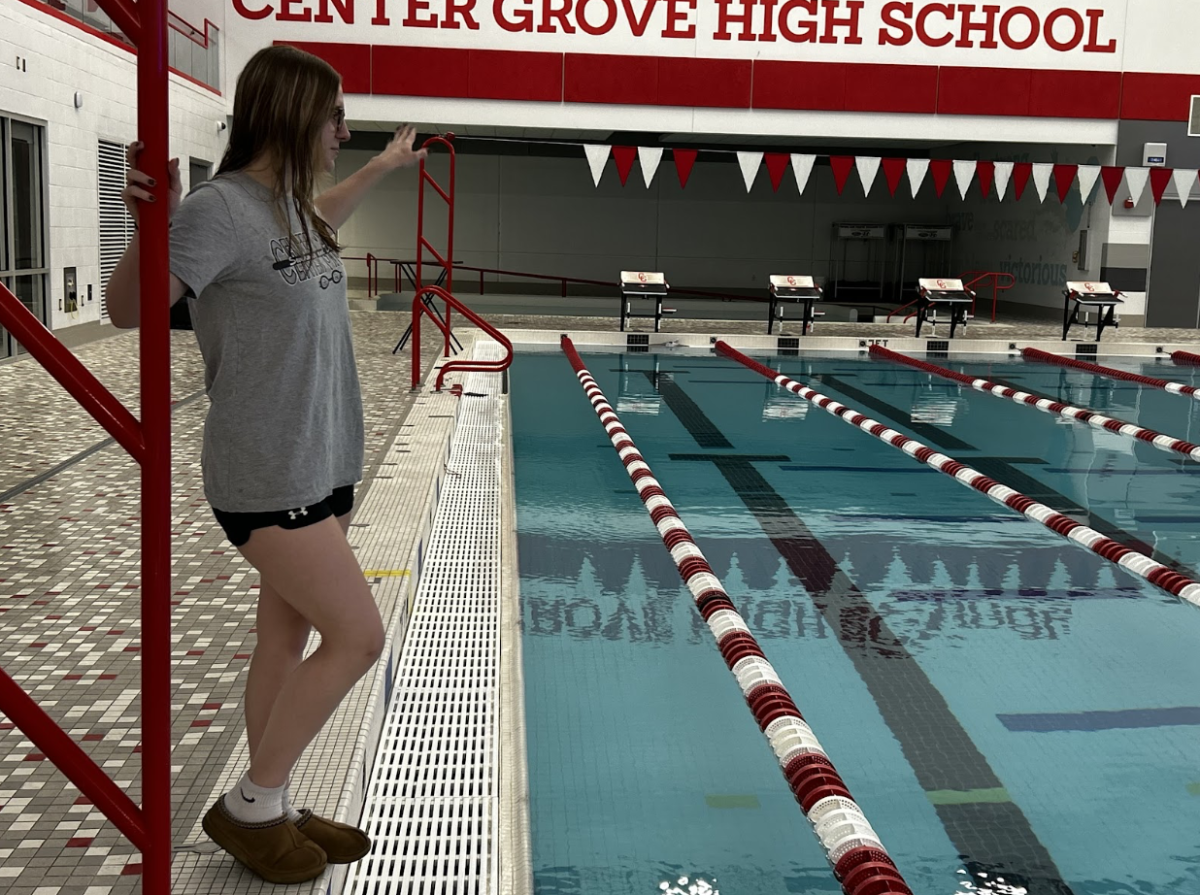Standing on the dock, spectators watch the boat glide gracefully across the water, mesmerized by the synchronized back and forth movements of the oars, the blinding sun of high noon glistening on the water’s serene surface. For the girls rowing the boat, the scene is a little less graceful, sweat dripping down their foreheads as they pant in rhythm, driving their fatigued muscles to keep pushing forward.
The mental and physical challenges that come with rowing is what senior Liv Werner loves about the sport.
“The thing that I like about rowing is that it engages every single part of your body, muscles that you didn’t think you’d ever work are working,” Werner said. “My body is built for endurance and that’s something that I always loved and loved in cross country when I did cross country. Just the endurance and the mentality to keep going and keep pushing even though your body is literally dying and you don’t think you can give any more. There’s always that 40% or more that you can push.”
Werner values not only the individual physical challenge of rowing, but also the teamwork aspect it requires.
“Everything has to be working together and it’s the same thing with every single girl in your boat,” Werner said. “Everything has to be in sync, everything has to be together. It takes a ton of teamwork and that’s one of the biggest things that I love about this sport, just the amount of teamwork and chemistry you need as a team to be successful in the sport.”
Werner has done many sports throughout her life, including softball and cross country. However, after being introduced to it by a friend, she began to take an interest in the sport of rowing.
“I was looking for a new sport anyways and wanted to try something new,” Werner said.
Rowing races are called regattas, and there are many different types of races within the regattas Werner competes in with varying lengths, rowing techniques, and number of people in the boat.
“There are two sides of rowing,” Werner said. “There is one where you row with one oar, and that’s called ‘sweeping,’ and then one where you row with two oars, and that’s called ‘sculling.’ Basically in ‘sweeping,’ you have one oar on the side of the boat and you’re grabbing it with two hands. With ‘sculling,’ you have one oar in each hand. When you’re by yourself it’s called a ‘single,’ and that’s a ‘sculling’ boat. Singling and doubling, where there are two people, those are sculling boats. The quad, where there are four people, is the highest that it gets for sculling. For sweeping, there is a pair where there are two people but it’s just one oar on each side.”
Despite rowing for only a short period of time, Werner has already had success in the regattas she’s competed in so far.
“At the Head of the Cuyahoga Regatta, I raced in an 8+ and a 4+ boat, and both of the boats that I competed in ended up getting first place so I got two gold medals that weekend,” Werner said.
Werner has an upcoming regatta over fall break that will be the most competitive regatta she’s competed in yet, even rowing against international teams.
“The Head of the Charles is what it’s called, and basically it’s the most prestigious junior type regatta in the world,” Werner said. “We are going to be competing against a bunch of different programs from different countries as well. We are racing against some people from Great Britain and even Australia and Russia and Switzerland. They are all coming to Boston. I don’t know a lot about it, but it’s an extremely big deal.”
This is Werner’s first year rowing, but most likely will not be her last, as she plans to row collegiately.
“I didn’t expect to want to go collegiately before starting with this sport,” Werner said. “It just really connected with me in a way that no other sport that I’ve played ever has.”



